12 Seasonal Fruits Packed With Nutrients You Should Eat This Fall
Autumn is a season when fresh fruits reach their peak in both taste and nutrition. Eating what grows during this time of year can provide your body with valuable vitamins and minerals. Many of these fruits can be enjoyed on their own or added to warm, comforting recipes. Seasonal eating is an easy way to add variety to your diet.
This post may contain affiliate links, which helps keep this content free. Please read our disclosure for more info.
Grapes
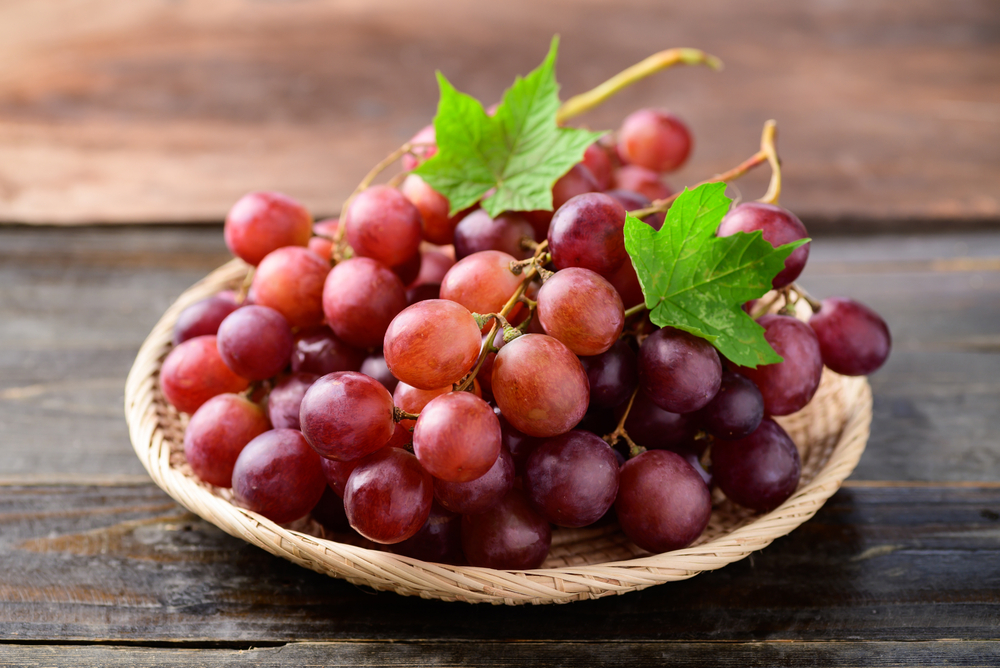
Grapes are one of the most popular fall vine fruits, offering natural sweetness and a range of nutrients. They are rich in antioxidants such as resveratrol, which supports heart health. Grapes also provide vitamin C, potassium, and hydration thanks to their high water content. They can be eaten fresh, added to salads, or turned into juice.
Their skins and seeds contain powerful plant compounds that may help reduce inflammation. Red and purple varieties are especially high in polyphenols. Because grapes are easy to snack on, they make a convenient and healthy option. Choosing seasonal grapes gives you better flavor and freshness.
Kiwi
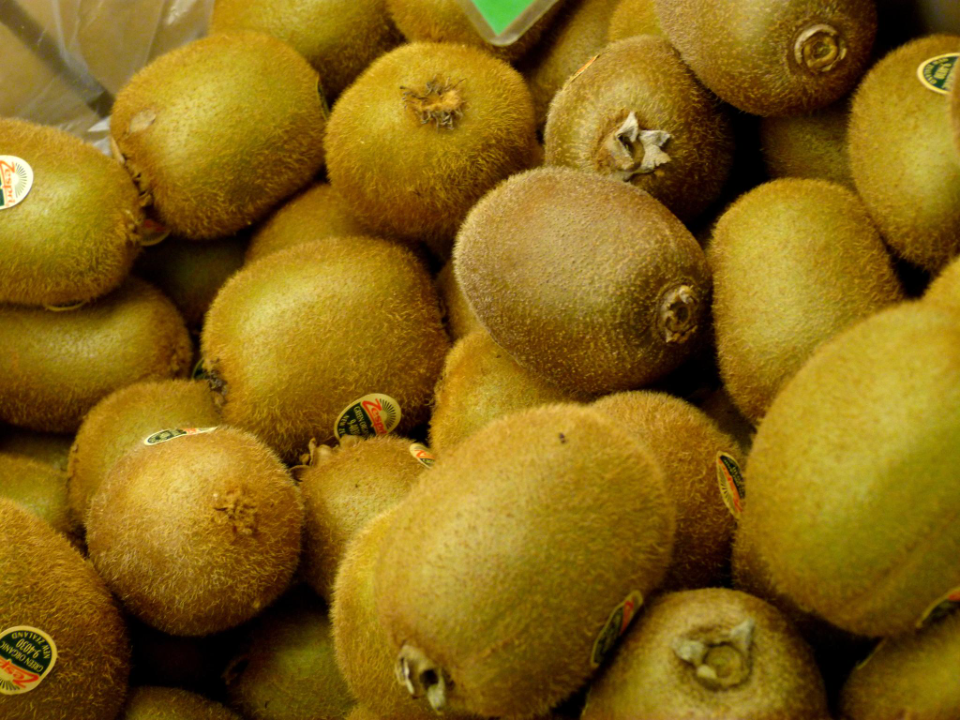
Kiwi grows on woody vines and is harvested during the cooler months. This small green fruit is packed with vitamin C, fiber, and potassium. Its tangy-sweet flavor makes it versatile in smoothies, salads, or eaten on its own. The fuzzy skin is edible and adds more fiber if you choose to eat it.
The nutrients in kiwi may support digestion and help the immune system. Its natural enzymes can aid in breaking down proteins, which is why it is sometimes used in marinades. Kiwifruit is also low in calories, making it a guilt-free snack. Enjoy it when it is in season for peak ripeness.
Passion Fruit
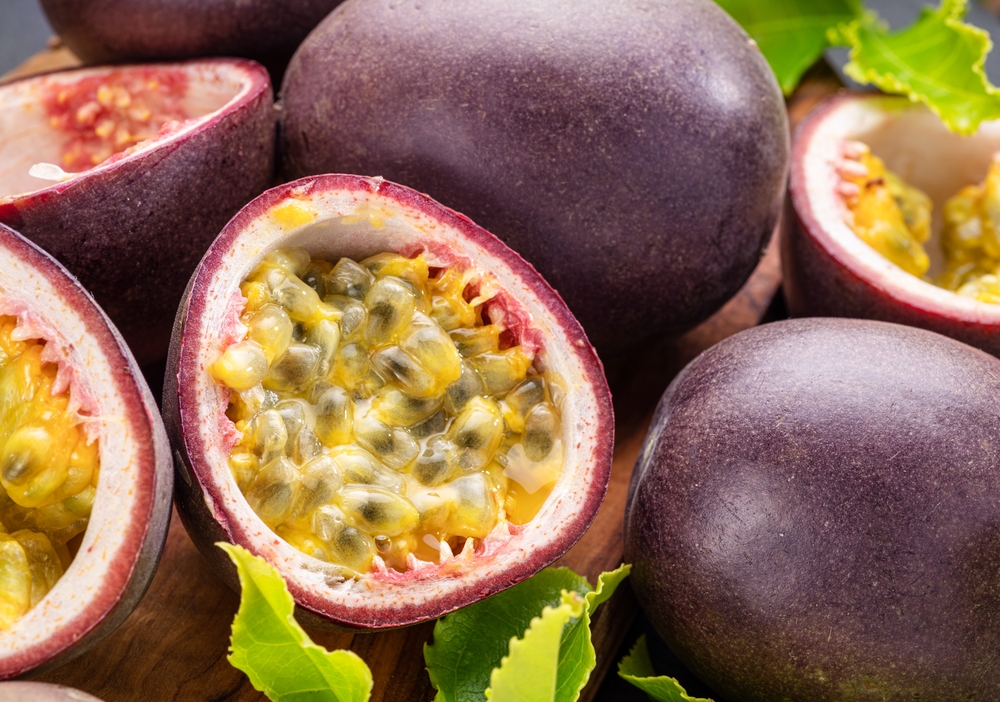
Passion fruit comes from a tropical vine and is often harvested in the fall. It has a thick purple rind and a seedy, golden interior that is both tart and sweet. This fruit is high in vitamin A, vitamin C, and dietary fiber. The seeds are edible and provide healthy plant compounds.
Eating passion fruit can support digestion and provide antioxidants that may benefit overall health. Its unique flavor pairs well with yogurt, desserts, or fresh juices. The fruit is small, but its nutrient content is impressive. Seasonal passion fruit is a flavorful way to add variety to your diet.
Muscadine Grapes
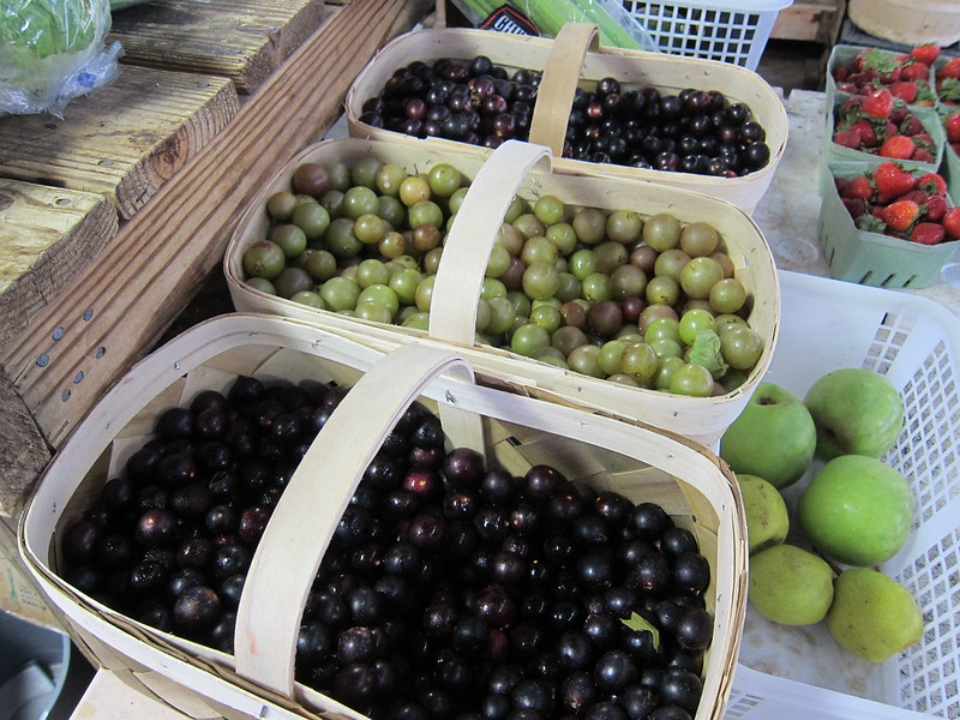
Muscadine grapes are native to the southeastern United States and thrive on hardy vines. They are known for their thick skins and bold flavor. These grapes are high in antioxidants, fiber, and manganese. They are often used for fresh eating, wine, or preserves.
Muscadine grapes are naturally resistant to many pests, making them a sustainable crop. Their skins are rich in resveratrol, which has been studied for heart health benefits. They ripen in late summer to fall, making them perfect for seasonal eating. Including them in your diet adds both taste and nutrition.
Cranberries
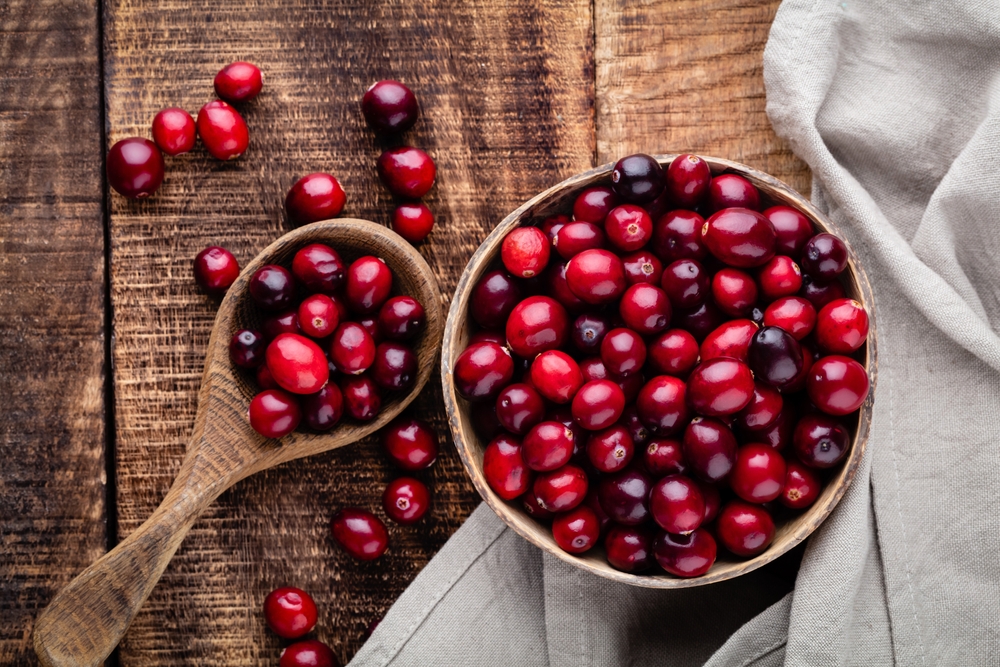
Cranberries grow on low-running vines across bogs and wetlands. They are harvested in the fall and are famous for their tart flavor. Cranberries are a good source of vitamin C, vitamin E, and fiber. They are often turned into sauces, juices, or dried snacks.
These berries have compounds called proanthocyanidins that may support urinary tract health. Because of their sour taste, cranberries are often sweetened before eating. Fresh cranberries can be frozen to enjoy later in the season. They bring a festive touch to fall meals while adding valuable nutrients.
Hardy Kiwi
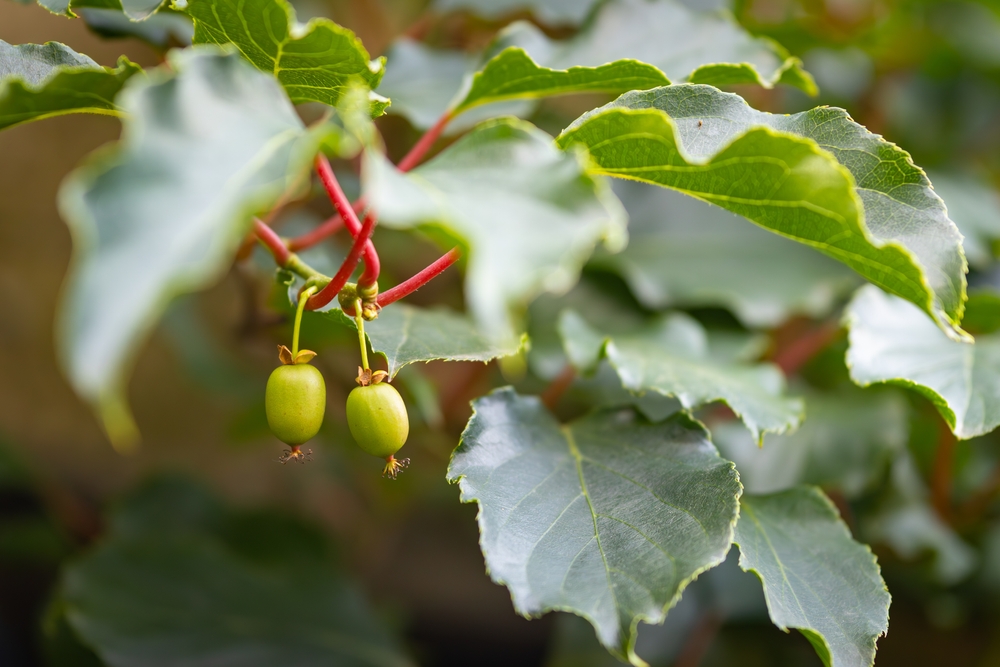
Hardy kiwi, also known as baby kiwi, grows on a cold-resistant vine. Unlike the fuzzy kiwifruit, it has smooth edible skin and is about the size of a grape. This fruit is rich in vitamin C, vitamin E, and fiber. Its flavor is sweet and tangy, making it a fun seasonal treat.
Hardy kiwi ripens in the fall and can be eaten whole without peeling. Because of their size, they are easy to pack into lunches or snacks. They provide antioxidants that may help protect cells from damage. Their short season makes them a special addition to fall eating.
Gooseberries
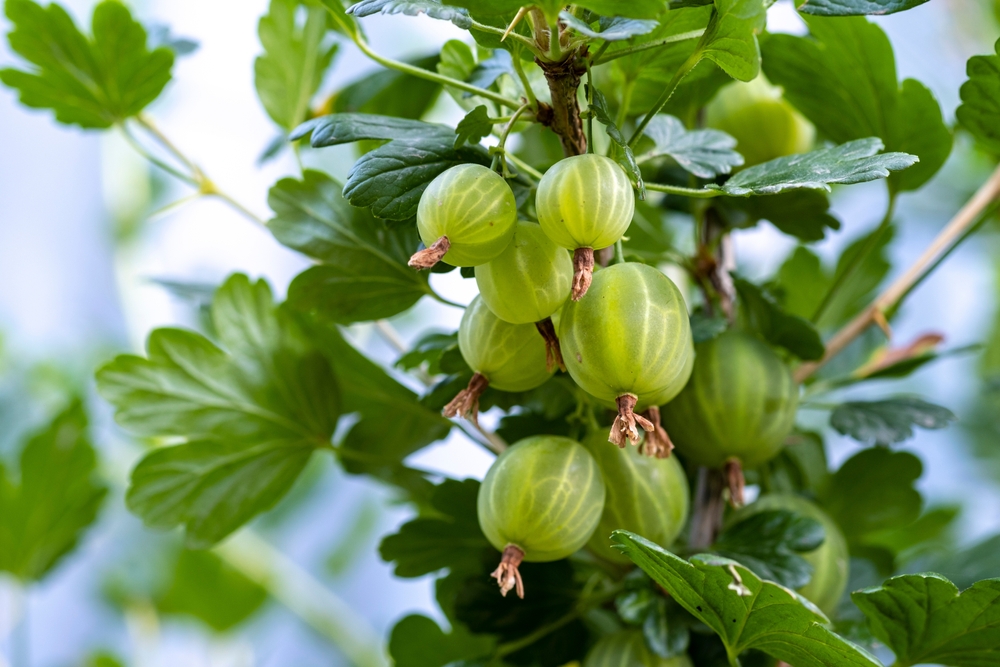
Gooseberries grow on trailing vines or shrubs, depending on the variety, and are ready in late summer to fall. They come in shades of green, red, or purple. Gooseberries are rich in vitamin C, potassium, and fiber. Their tart flavor makes them ideal for jams and pies.
They are also used in savory dishes where their sour taste adds balance. Gooseberries contain antioxidants that may support heart health. Fresh ones can be hard to find, but they are worth seeking out in season. Their unique flavor makes them stand out among fall fruits.
Pumpkin
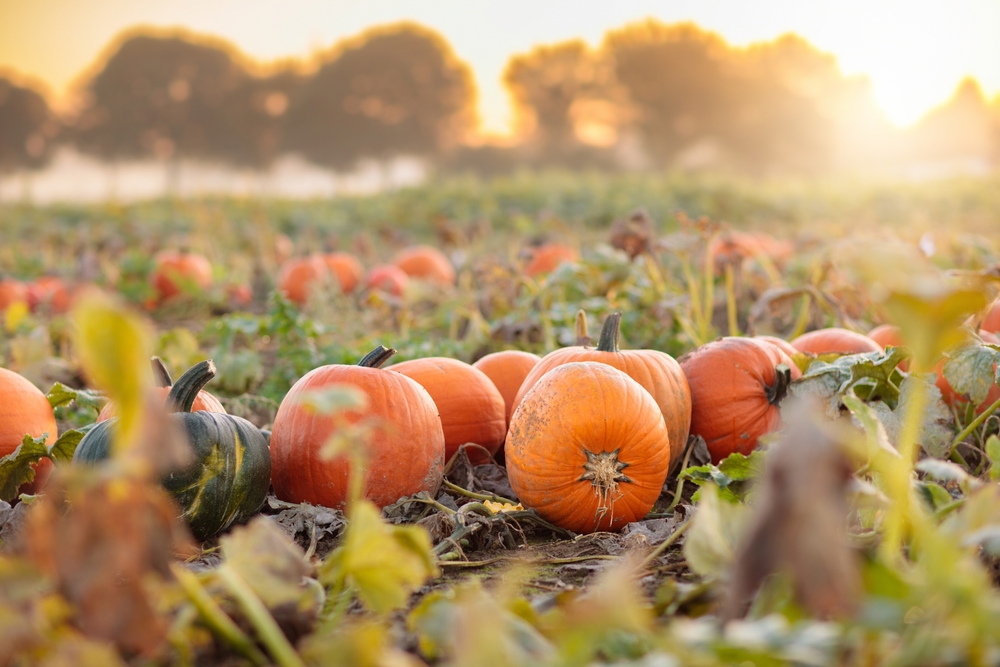
Pumpkins are technically a fruit that grows on sprawling vines. Harvested in the fall, they are rich in vitamin A, potassium, and fiber. Pumpkins are often used in pies, soups, and roasted dishes. Their seeds are edible and provide protein and healthy fats.
The orange flesh contains beta-carotene, which is converted into vitamin A in the body. This nutrient supports eye health and immunity. Pumpkins are versatile, making them useful in both sweet and savory recipes. They are also a seasonal symbol of autumn celebrations.
Chayote
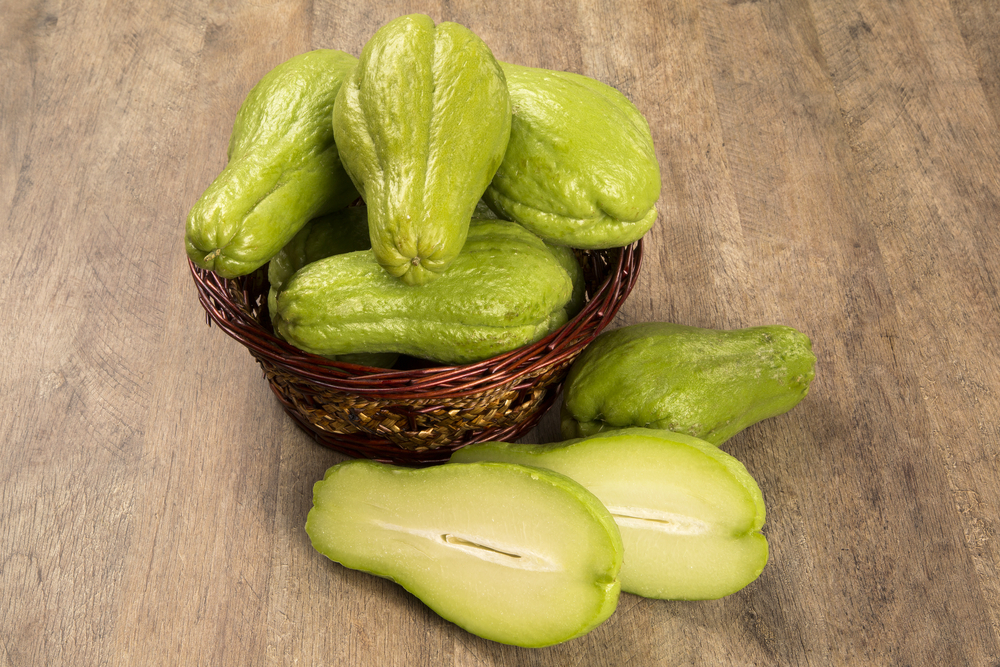
Chayote is a vine fruit that is part of the gourd family. It is light green, crisp, and mildly sweet. This fruit provides vitamin C, folate, and potassium. It is commonly used in stews, stir-fries, and salads.
Chayote is low in calories and high in water content, making it refreshing and healthy. It is grown in warm climates and is often harvested in fall. The skin, flesh, and even shoots of the vine are edible. Adding it to your meals can give both nutrition and variety.
Butternut Squash
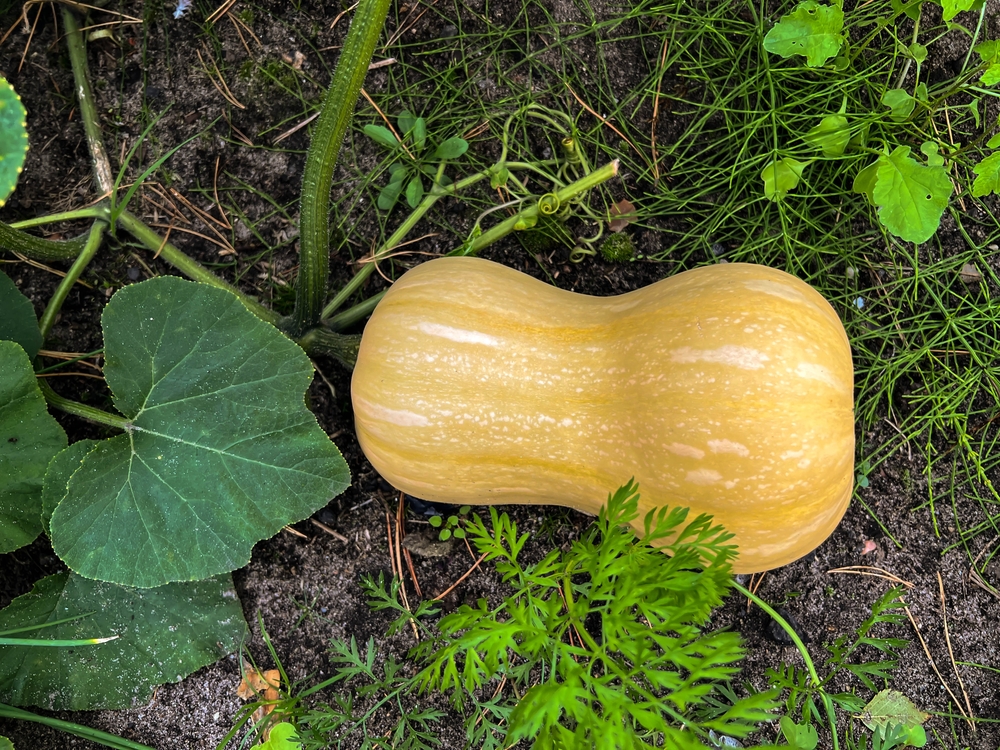
Butternut squash grows on trailing vines and is another fruit of the gourd family. It has a sweet, nutty flavor and is rich in vitamin A, vitamin C, and fiber. The orange flesh makes it perfect for soups and roasted dishes. Its tough skin helps preserve it through the season.
This squash provides antioxidants that may support long-term health. Its seeds are also edible and can be roasted for a crunchy snack. Butternut squash is a fall kitchen staple because it is versatile and filling. Eating it in season makes meals warm and comforting.
Malabar Spinach Berries
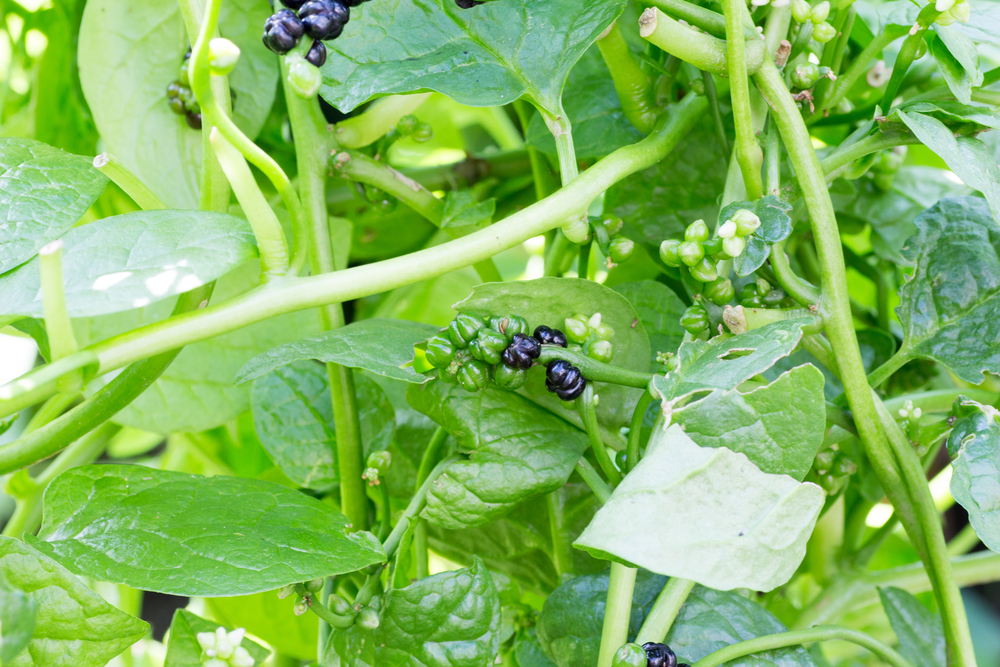
Malabar spinach is a climbing vine that produces small purple berries. While the leaves are more commonly eaten, the berries are also edible. They contain vitamins A and C, along with beneficial plant pigments. The berries are sometimes used as a natural food dye.
These berries ripen in the fall and have a mild flavor. They are not as widely known but are still valued in some food traditions. Their striking color makes them visually appealing in dishes. They are an interesting way to expand seasonal eating options.
Bitter Melon
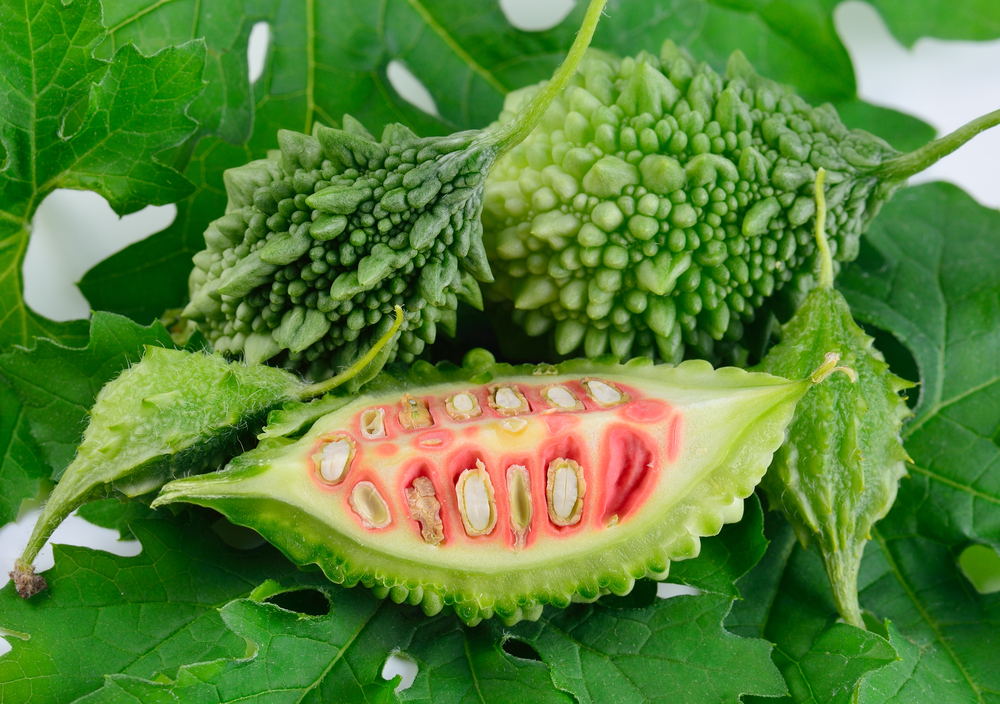
Bitter melon grows on climbing vines and produces green, warty fruits. Despite its name, it is technically a fruit and is eaten in many Asian cuisines. It contains vitamin C, vitamin A, and folate. Bitter melon is known for its sharp flavor and potential health benefits.
The fruit ripens in late summer and fall, making it a seasonal choice. It is often cooked in stir-fries, soups, or stuffed with fillings. Bitter melon has been studied for its possible effects on blood sugar regulation. Adding it to meals brings both nutrition and cultural richness.
This article originally appeared on Avocadu.
